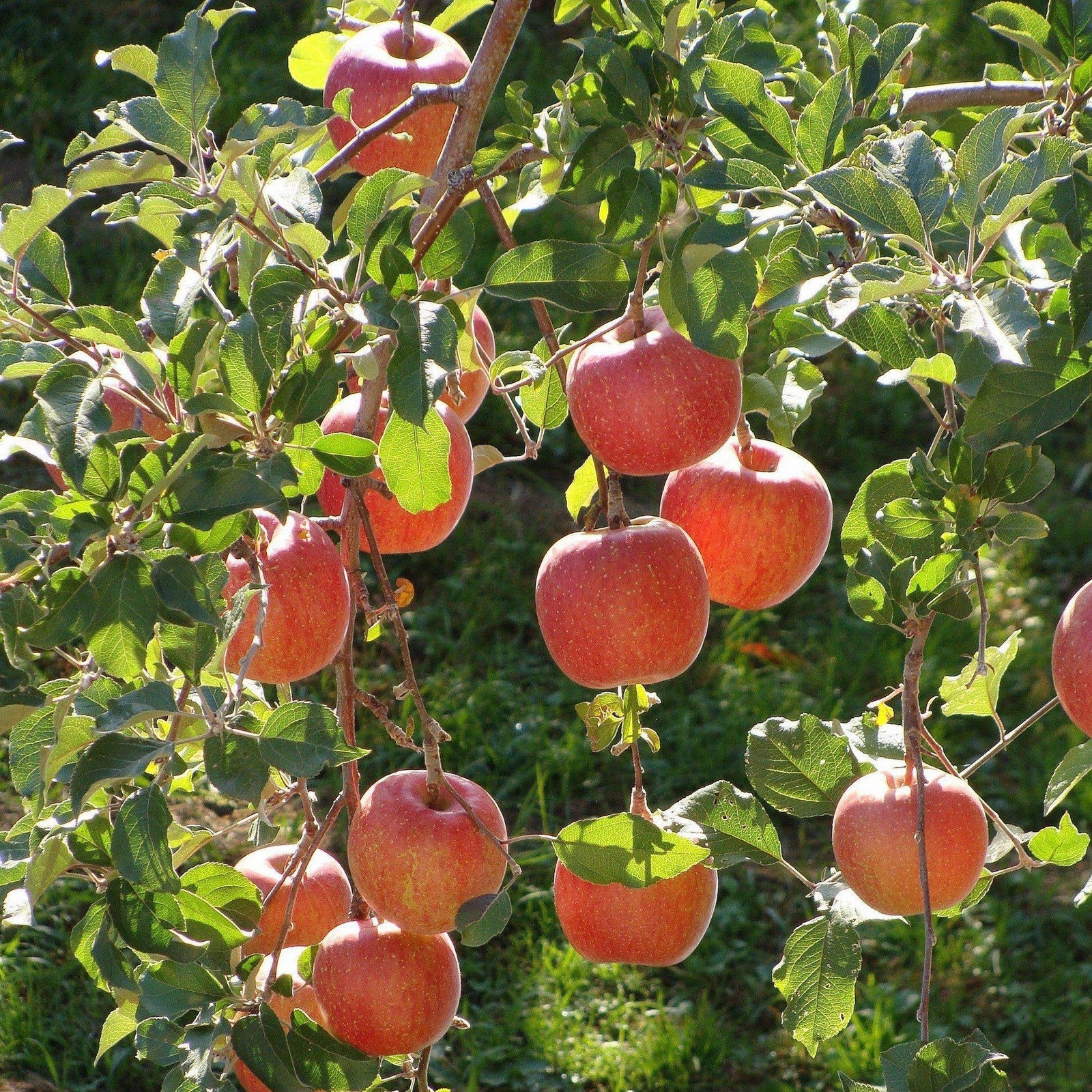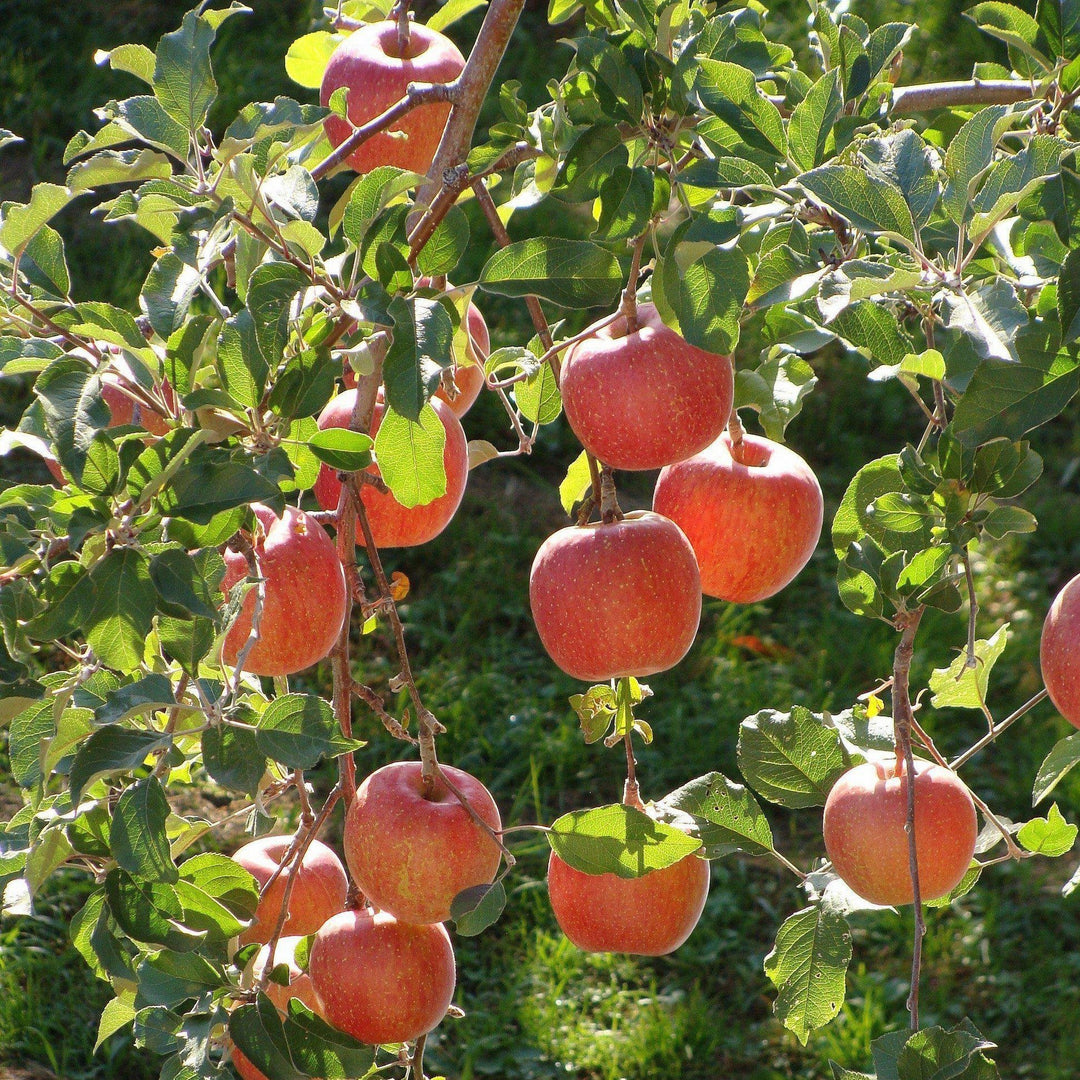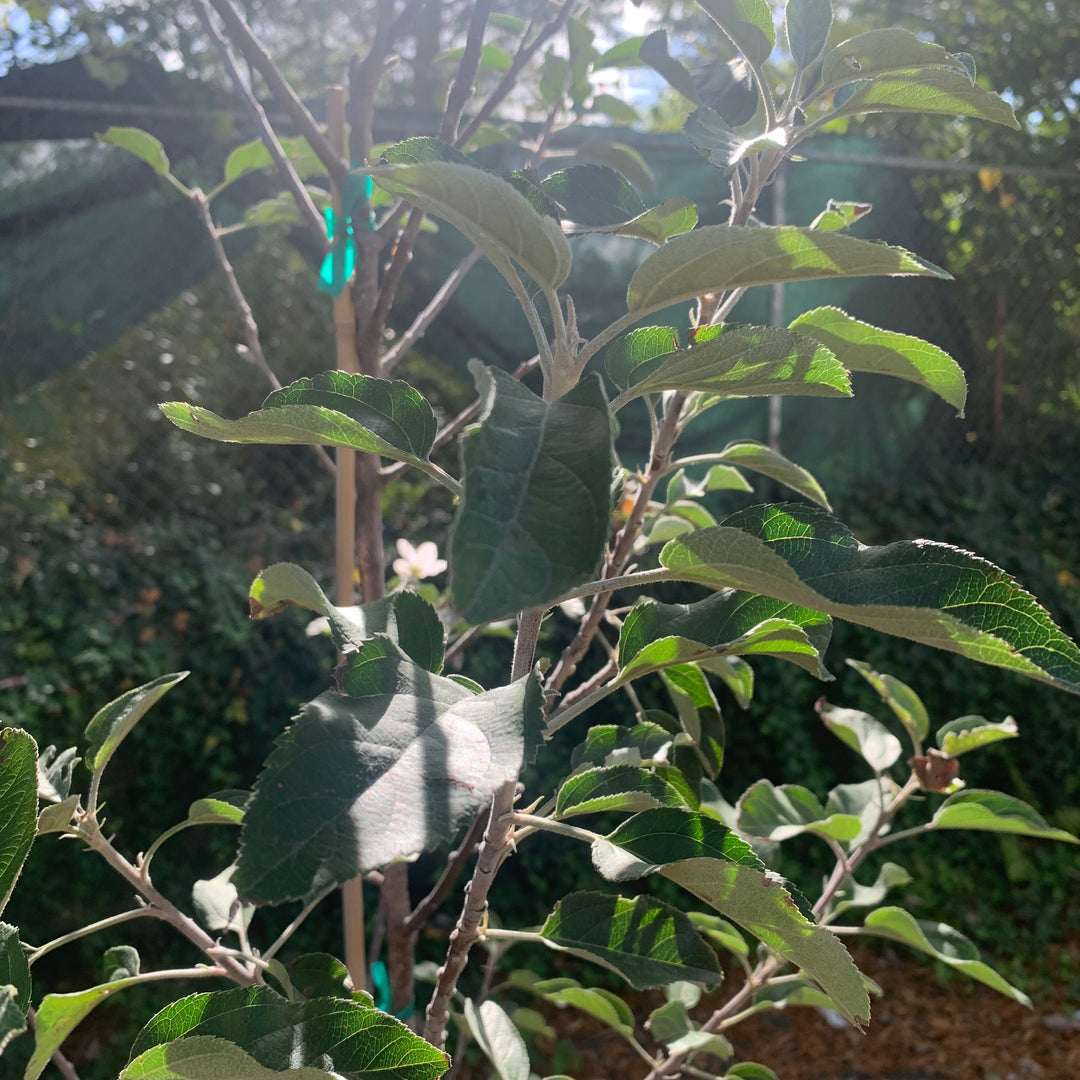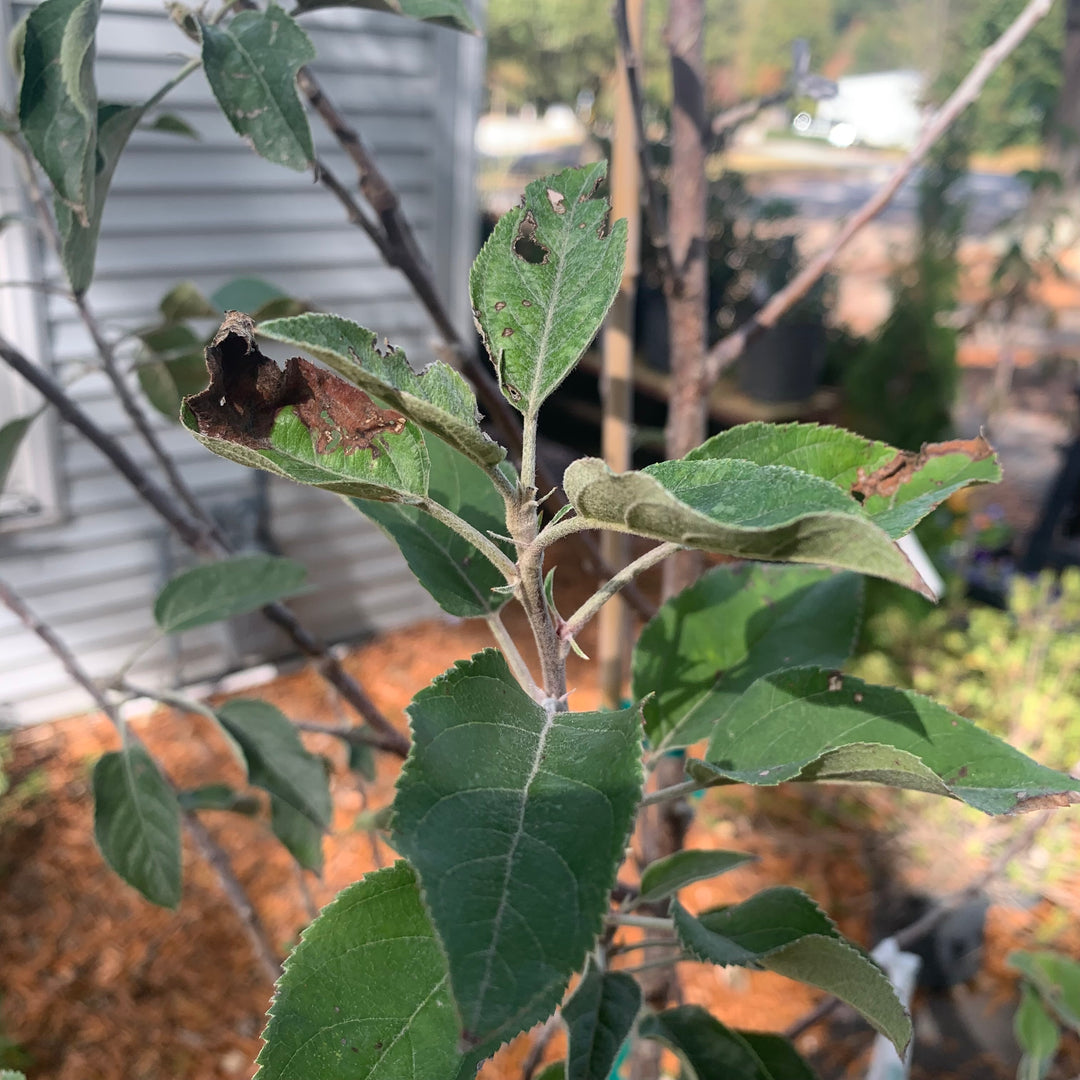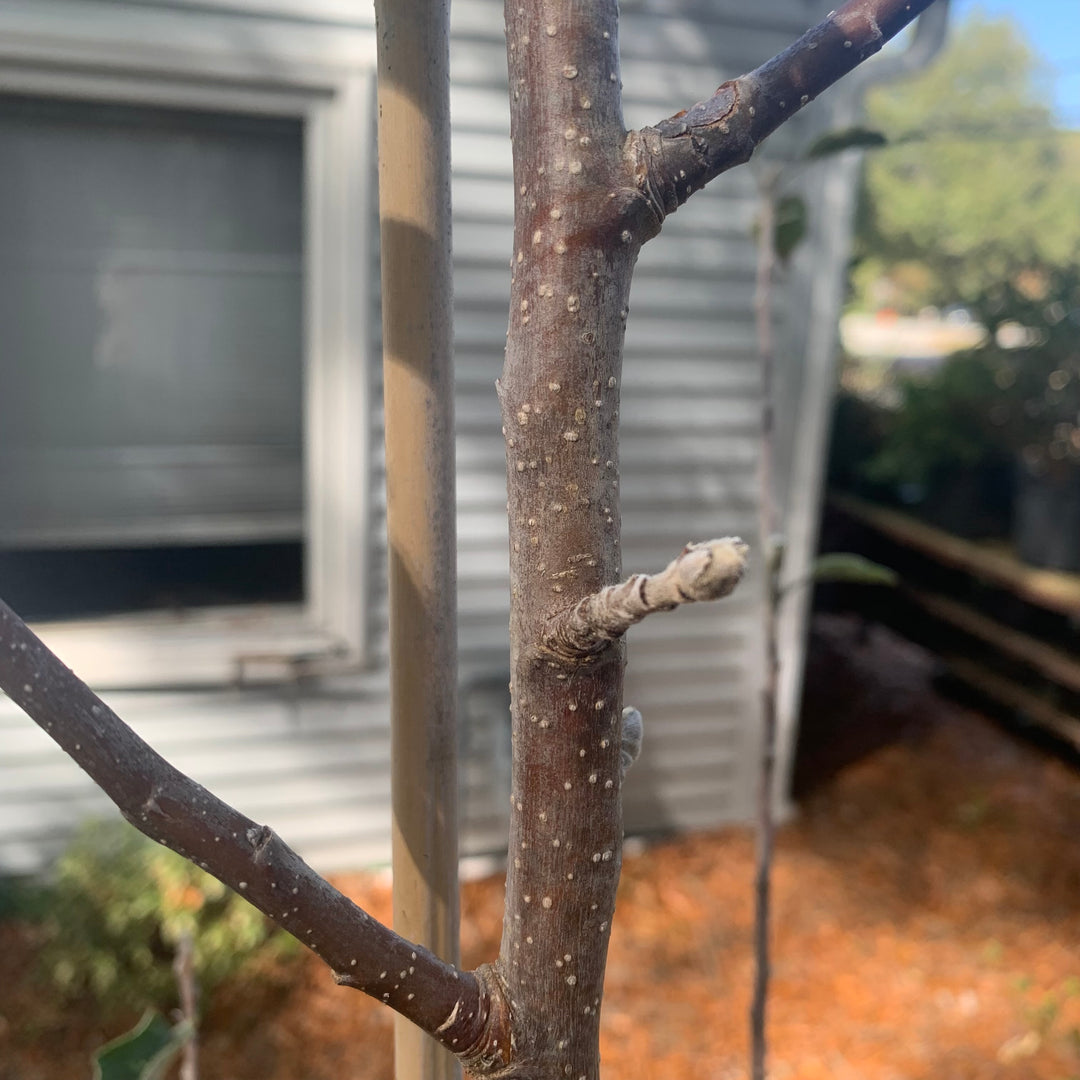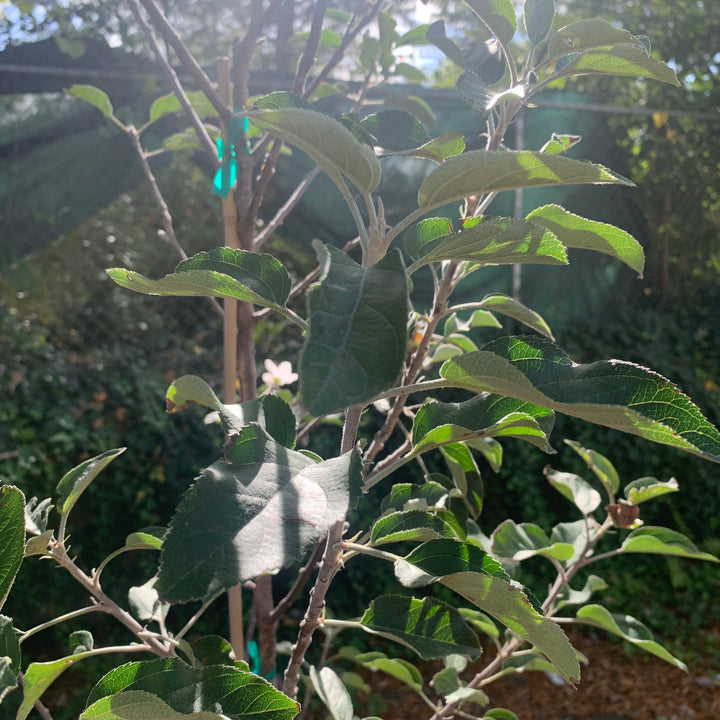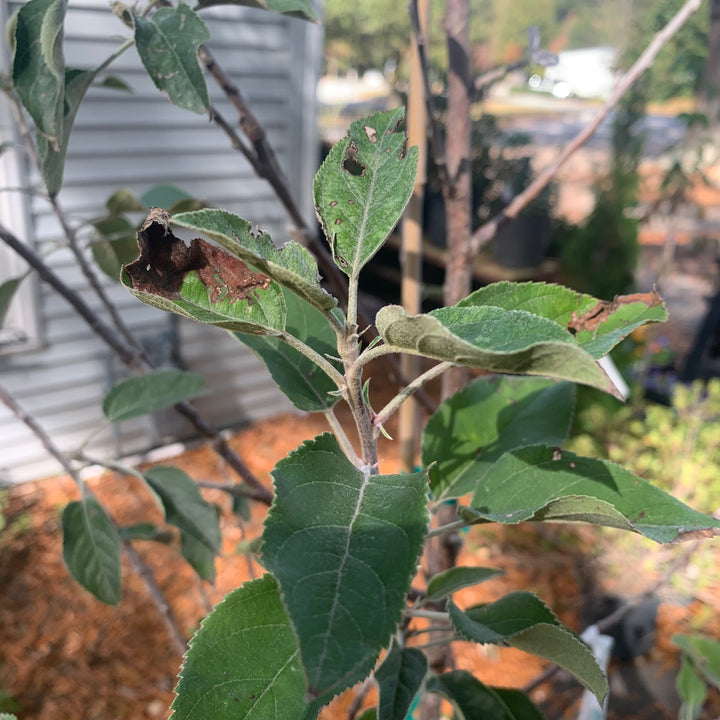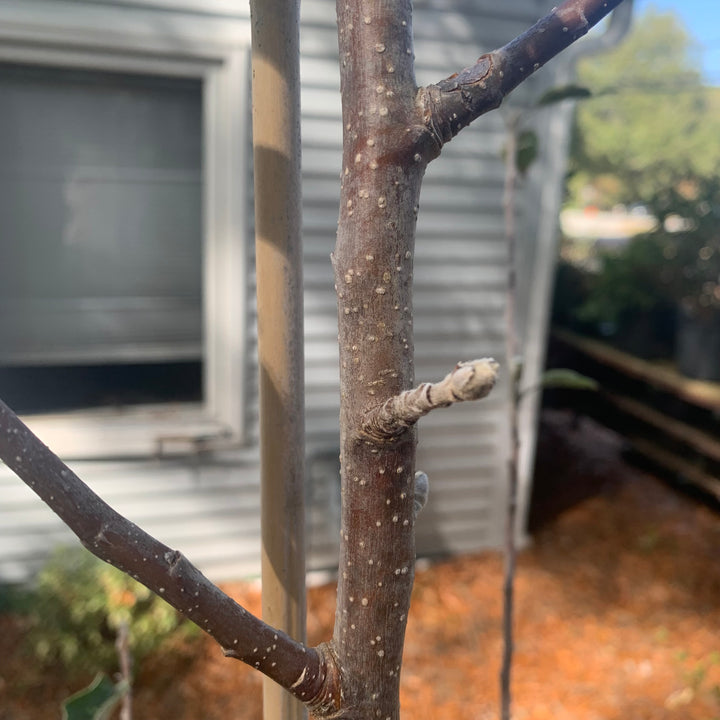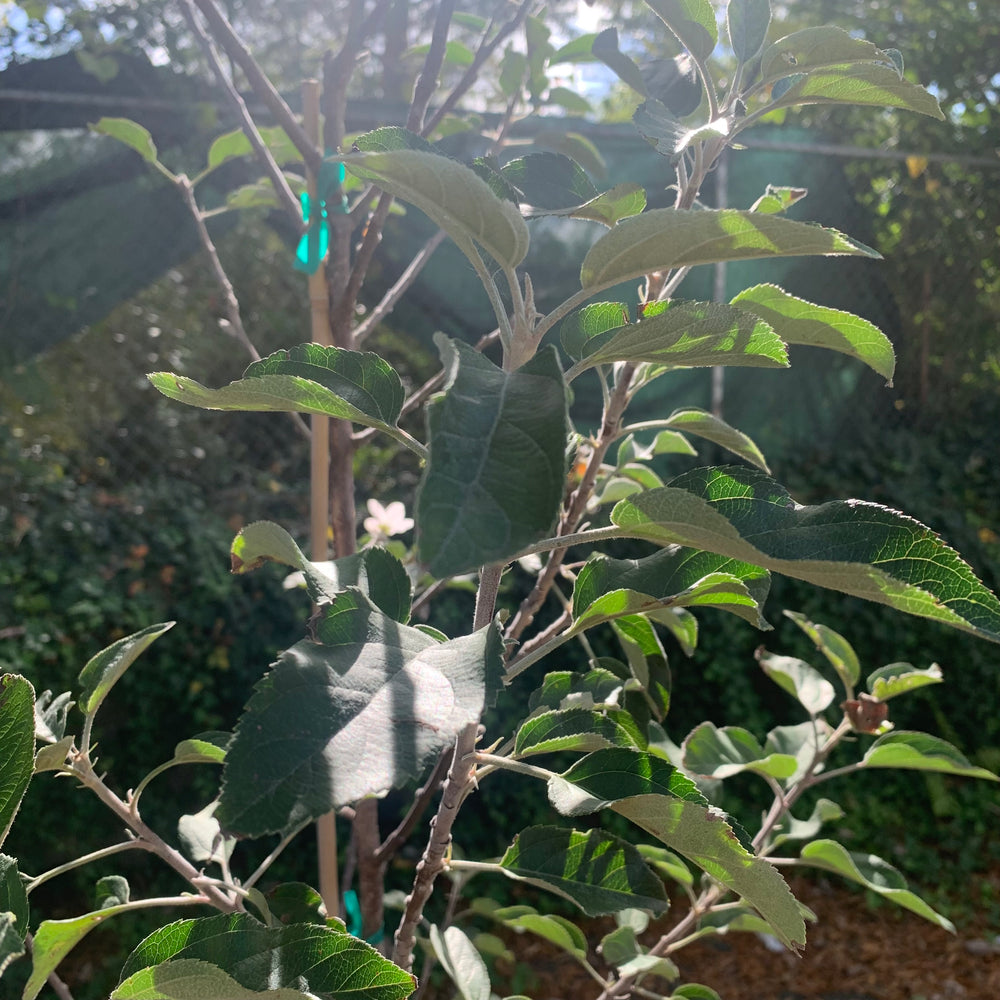Fuji Apple is a popular apple variety known for its sweet and crisp characteristics. Here's some information about Fuji Apples:
-
Origin: Fuji Apples were first developed in Japan in the late 1930s. They are a cross between two American apple varieties, the Red Delicious and the Ralls Janet.
-
Appearance: Fuji Apples have a round shape with a yellow-green background color. They are often covered with a red blush or stripes. The skin is thick and has a slightly waxy texture.
-
Flavor: Fuji Apples are known for their sweet and juicy flavor. They have a pleasant balance of sweetness and acidity, making them enjoyable to eat fresh. The flesh is crisp and firm, providing a satisfying crunch with each bite.
-
Nutritional Value: Fuji Apples are not only delicious but also nutritious. They are a good source of dietary fiber, vitamin C, and antioxidants. They also contain various minerals and phytonutrients that contribute to overall health.
|
Type: |
|
|
Origins: |
Caucasus Mountain Region |
|
Height: |
15' - 20' |
|
Spread: |
15’ - 20' |
|
Spacing: |
18' |
|
USDA Hardiness Zone: |
6 - 9 |
|
Culture: |
|
|
Bloom Color: |
White |
|
Season of Interest: |
MAINTENANCE NEEDS: High Maintenance. Water Regularly. Potential issues include apple scab, cedar apple rust, fire blight, leaf spot and and powdery mildew. Possible pests are aphids, maggots, boreres, and spider mites. Most commercially available Apples are grafted onto their rootstock, resulting in dwarf (8-10ft), Semi-dwarf (12-15ft) or standard tree heights all with full sized fruits. Ask the provider the rootstock classification for estimated size. Dwarf stock is easier to maintain and produces fruit at an earlier age.
LANDSCAPE USES: Accents or Group Plantings, Borders, Wildlife Gardens, Shade Tree, Edible Garden, and Container.
COMPANION PLANTS: Apple, Shasta Daisy, Bugleweed
IMAGE: Aomorikuma, Rosaceae Malus pumila Malus pumila Var domestica Apples Fuji, CC BY-SA 3.0
* As plants have ranges in appearance they may not appear as the images shown.


